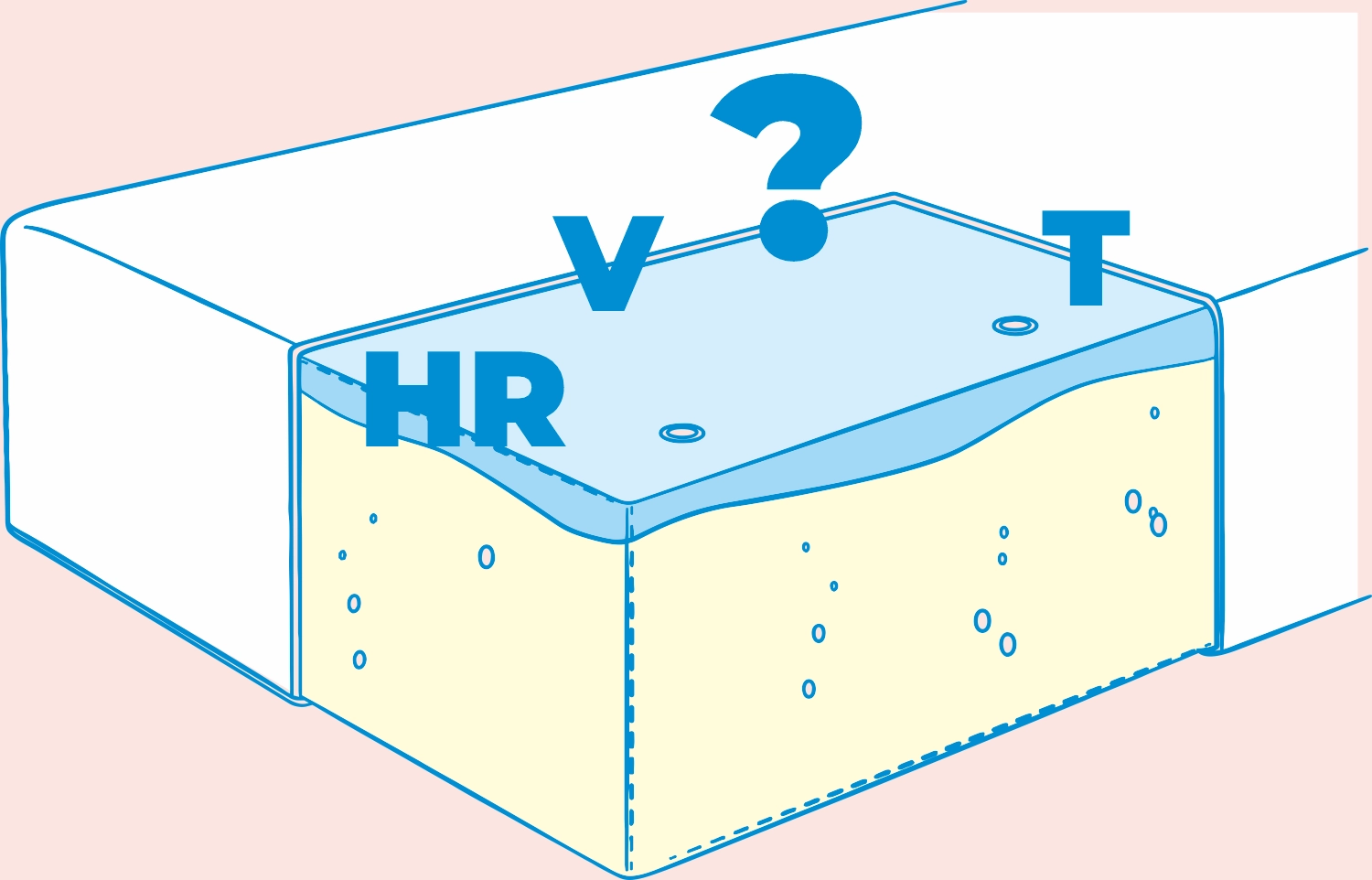To provide services at the highest level, we use cookies. Using the website requires you to choose settings related to their storage on your device. If you want to know what each type of cookie is used for, click the Details button below.
What type of polyurethane foam is suitable for a mattress? 2 grudnia 2021 |
 |
Yes, a polyurethane foam mattress is widely considered healthy and fully hypoallergenic. However, it is advisable to avoid T foams, as they have a closed-cell structure that may increase perspiration and hinder airflow. A healthy polyurethane foam mattress should be made from high-quality materials, eliminating potential allergy risks and ensuring a healthy sleep.
The best solution is to use a mattress with a layered structure, where the first layer contains high-resilience foam (HR), and the second layer contains viscoelastic foam (V). HR foam is crucial for the mattress's dynamics, providing proper body support and elasticity. On the other hand, V foam in the second layer helps contour the body, adapting to its shape and providing exceptional sleeping comfort. It is strongly advised to avoid T foam, as it has several drawbacks.
The density of polyurethane foam plays a crucial role in the mattress's durability. In the first layer of the mattress, the density of HR polyurethane foam, which is high-resilience foam, should be around 30 kg/m3 to ensure solid support. This is the optimal density that also allows for proper body dynamics. In subsequent layers of the mattress, foams with higher density are used.
Polyurethane foam brings many benefits to a mattress. HR foam (high resilience) is responsible for the mattress's dynamics, motion absorption, and proper body support, which is essential for a healthy sleep. Meanwhile, V foam (viscoelastic) in the second layer of the mattress adapts to the body's shape, allowing for body contouring and providing unparalleled sleeping comfort. Both types of foam together create synergistic properties, improving sleep quality and supporting the correct body posture during rest. It is important for them to be appropriately distributed.
Polyurethane foam is a synthetic polymer material that is formed through a chemical reaction between polyols and isocyanates. It is a versatile material that can be adjusted to various parameters, such as density, hardness, and flexibility. Thanks to these properties, polyurethane foam is widely used in mattress production, offering users comfortable sleep and durable body support.